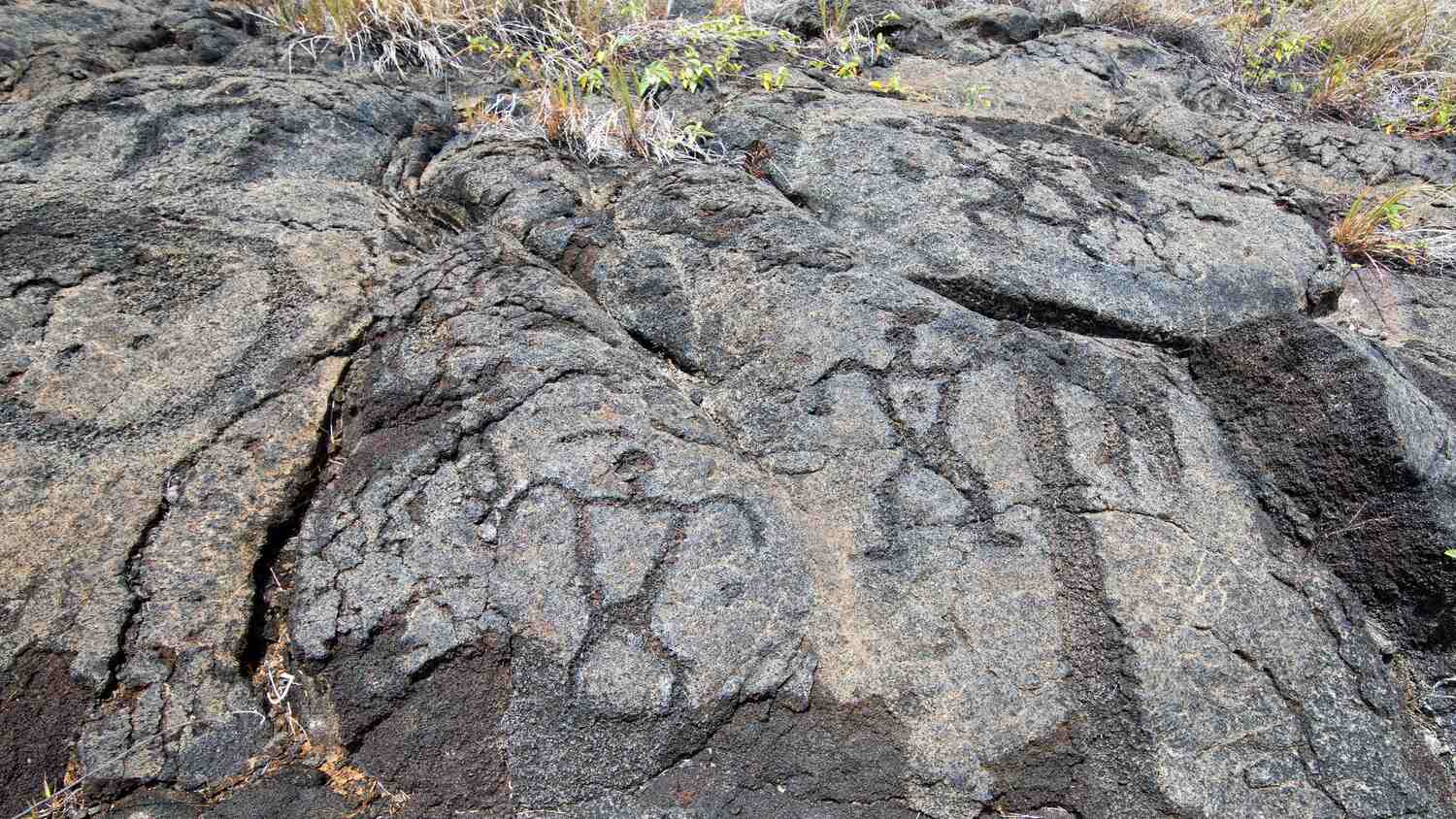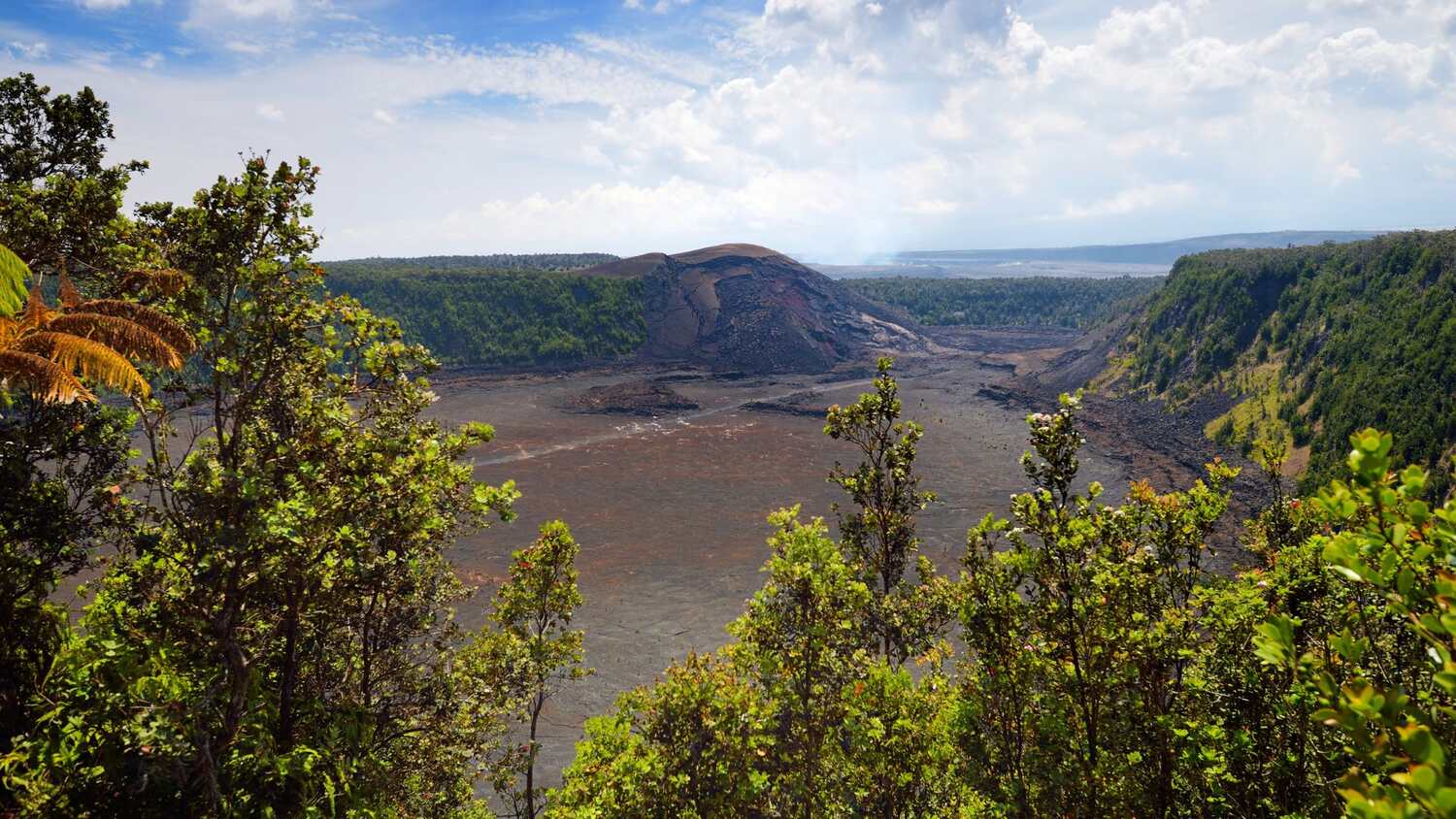3 Best Hiking Trails in Volcanoes National Park, Big Island


Aloha! | E Komo Mai
Hawaii, the land of Aloha, is famous for its stunning beauty. Lush rainforests, cascading waterfalls, and active volcanoes await you on the Big Island, home to Hawaiʻi Volcanoes National Park. To truly immerse yourself in the island’s raw power, explore a few of these must-hike trails.
Before embarking on your adventure, it’s essential to plan. Make sure you’ve got your National Park Pass handy – especially if you plan on visiting multiple parks during your time in Hawaii. Packing the essentials can be the difference between an enjoyable hike and an uncomfortable one.
Remember that conditions in the park can change quickly, so always check the park website before you go for any closures or updates.

Gearing Up for Your Hike
Remember, hiking in volcanic terrain can be unpredictable, so come prepared. Sturdy close-toed shoes are non-negotiable; those lava rocks are unforgiving.
Evenings and early mornings can be chilly at the higher elevations so think layers. Lightweight, breathable fabrics are ideal, and water is crucial. Carry plenty of it, and for longer hikes consider investing in a convenient reusable water bottle.
A headlamp may not seem essential, especially if you plan on finishing your hike before dark, but unexpected delays happen. Always bring a headlamp – it’s better to be safe than sorry.

3 Unforgettable Trails To Explore
Navigating all the different hikes this national park offers can feel overwhelming. This list is narrowed down to three amazing treks perfect for getting up close and personal with Kilauea’s volcanic wonders. These trails offer the chance to experience lava viewing and the opportunity to walk across a lava lake.
Crater Rim Trail: Witness the Volcano’s Power
A must-do for first-time visitors. This 11-mile loop around Kilauea Caldera boasts jaw-dropping views. Witness steaming volcanic vents, sulfur banks, and even the Halema’uma’u crater, a site of recent volcanic activity.
Due to recent volcanic activity, portions of the Crater Rim Trail may be closed for safety reasons. This makes your pre-trip research crucial. You’ll find the most up-to-date closure information on the national park website. This just adds to the adventure, right?

Kīlauea Iki Trail: Journey to a Lava Lake
Seeking a more challenging hike with breathtaking scenery? This four-mile loop will take you down to the floor of the Kilauea Iki Crater – a solidified lava lake from the Kilauea Iki eruption. Can you imagine traversing a landscape that was once a river of molten rock? Talk about stepping back in time.
To get the most out of this hike, consult the park’s website for the current consitions of the trails – It will allow you to plan accordingly.

Thurston Lava Tube: Get into the Earth's Depths
Walking through a lava tube is like stepping into another world. The Thurston Lava Tube is a short and accessible trail leading you to a massive, cavernous tunnel. This is a unique opportunity to experience the geological forces that shaped the islands.
Just remember to bring that headlamp – this 500-year-old tunnel is dark. Parking at Thurston Lava Tube can be a challenge as there’s limited space so it tends to fill up quickly.
Don’t let this deter you, though. The Thurston Lava Tube is well worth the wait. Plus, consider extending your lava exploration to one of the many other lava tubes that grace the Big Island. When exploring this area of the park, you might see signs for the Devastation Trail or even the Pu’uloa Petroglyphs at Hawaii’s Volcanoes National Park.

Exploring Beyond The Trails
Beyond the hikes themselves, take some time to really soak in everything else this park has to offer. Looking for that perfect photo opportunity? Then the scenic drive along the Crater Rim Drive is a must-do. You’ll wind past craters, volcanic overlooks, and lush rainforests, eventually reaching where the road meets a wall of hardened lava.
Want even more adventure? Consider renting a camper van. Imagine waking up to the sight of volcanic landscapes outside your window.

Where to Rest Your Head
A day of trekking through volcanic terrain works up an appetite and the need for a good night’s sleep. Thankfully, the Volcano area offers a selection of comfy accommodations perfect for unwinding after a long day of hiking.
Here’s a table listing a few cozy places near the park:
| Hotel | Description |
| Volcano House Lodge | Located right inside the park. You’ll wake up to the sounds of the volcano itself. |
| Volcano Village Lodge | Nestled in a lush rainforest, offering a secluded and peaceful retreat. |
| Lotus Garden Cottages | Cozy and charming cottages perfect for families or groups of friends. |
If camping is your thing, you can’t beat the campground at Volcano House. Make those reservations in advance. You don’t want to miss out on the chance to sleep beneath the stars, surrounded by the magic of the volcano.
Art, Culture and Volcanoes
Volcano Village is also home to a thriving art scene! A short distance from the national park is the Volcano Art Center, a creative hub. The Center offers captivating demonstrations, insightful workshops, and hands-on classes that give visitors a glimpse into the island’s culture through an artistic lens. I strongly encourage you to check their event calendar and see if there is something you’d like to try.
Or if you would rather have a visual companion throughout your visit, consider picking up a map of the National Park. The Hawai’i Volcanoes National Park National Geographic Map is a great choice. If you’re interested in a broader perspective, the book Hawai’i The Big Island Revealed is an excellent resource.

Conclusion:
So there you have it. Exploring these 3 best trails in Volcanoes National Park is about more than ticking off your bucket list; it’s about connecting with the very essence of creation. If you approach it with respect, a sense of adventure, and a bit of preparation, it will reveal itself to you in the most magnificent ways.
Just remember, the memories forged in this raw, untamed landscape will stay with you long after your trip ends. So lace up those boots, plan, and discover the volcanic wonderland.
Frequently Asked Questions
What Should I Bring on a Hike at Volcano National Park?
It’s best to come prepared. Don’t forget your National Park Pass. Essentials include plenty of water (consider a hydration bladder), close-toed shoes, layers of clothing, sunscreen, a hat, sunglasses, and snacks.
And, of course, don’t forget that headlamp – you never know when you might need it. Finally, pack a camera or smartphone to capture all of the incredible scenery.
When Is The Best Time To Visit The Park?
The beauty of Hawaii is that it’s a year-round destination. For cooler temperatures and less rainfall, April through September is an ideal window. Keep in mind, though, the park’s hours can change.
That’s why checking their website for any updates before heading out is a smart move. No matter when you visit, you’re in for an experience unlike any other. From molten wonders to lush rainforests, it’s a journey through a world born of fire and sculpted by time. So pack those bags, bring your sense of adventure, and get ready for some unforgettable hikes through the magnificent Hawaiʻi Volcanoes National Park. Aloha.
Share:
